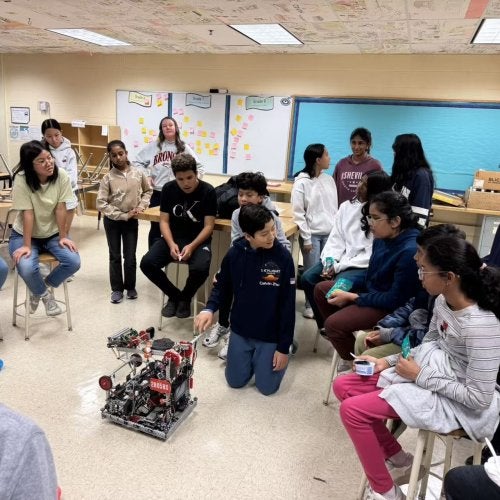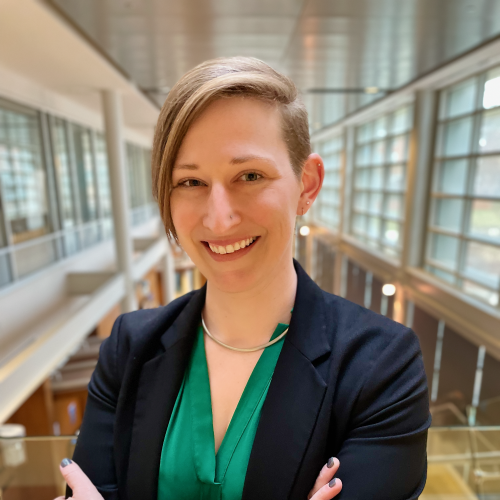

Harnessing Brain Imaging to Understand Child Development

In 2000, Distinguished University Professor Nathan A. Fox, began important research in state-run orphanages in Romania, where many abandoned children ended-up during and following the period of the Communist dictator, Nicolae Ceaușescu. As part of the Bucharest Early Intervention Project, Dr. Fox began studying the growth and development of children living in these overcrowded Romanian orphanages.
One unique aspect of the Bucharest study is that Dr. Fox and the research team used a number of brain imaging modalities to measure brain functioning, brain structure and connectivity including EEG and MRI. They found that early adversity affected brain development and functioning, but that intervention, particularly early intervention, remediated some of these early adverse effects.
“The consensus of the scientific data is that separating an infant or young child from their caregivers early in life has significant negative consequences for their social and intellectual development and is a precursor for the development of significant psychiatric problems as they get older,” Dr. Fox said. “They become either extremely fearful and withdrawn, or they display oppositional, aggressive types of behaviors starting very early in life. Separating a young child from his or her attachment figures is a recipe for disaster in terms of the psychological development of these children over time.”

“This project is important in terms of understanding the effects of adversity on longterm mental health and brain outcomes,” said Dr. Fox. “The study not only has policy implications for the U.S., but also policy implications around the world.”
Besides Dr. Fox’s work in Romania, other COE faculty also use brain imaging to study child development. Using resources at the Maryland Neuroimaging Center, as well as their own labs, COE researchers are addressing how young children detect truthfulness and develop math skills and reading comprehension.
For instance, with the use of digital animations, Dr. Lucas Butler investigates young children’s ability to evaluate claims about the world—a critical skill in today’s news-rich environment. His work has shown that children often arrive at school with a strong base for improving empirical reasoning skills, while another aspect addresses how teachers can harness these foun-dational skills to further develop student reasoning.
Another COE faculty member, Dr. Richard Prather, uses brain imaging, computer modeling, and experimentation to investigate neurocognitive development and its relationship to mathematical ability. Moreover, he examines how interventions, such as parent-child math discussions at home, support student learning of mathematics. His work has important implications for students, parents and teachers.
Reading skills interest Dr. Donald J. Bolger, who investigates how people learn to read words and what brain imaging reveals about those approaches. In one study, Dr. Bolger and his students explored how phonics and holistic approaches are used to teach people how to read, and evaluated the effectiveness of those approaches. His use of brain imaging has been particularly helpful in uncovering the neurocognitive differences between neurotypical readers and those with learning disabilities.
At COE, researchers using neuroimaging techniques are taking innovative approaches to study child development. The multifaceted topics of study, from cognitive development in orphans to reading comprehension in grade-schoolers, position COE researchers to meet the challenges of modern-day education using 21st century solutions.



